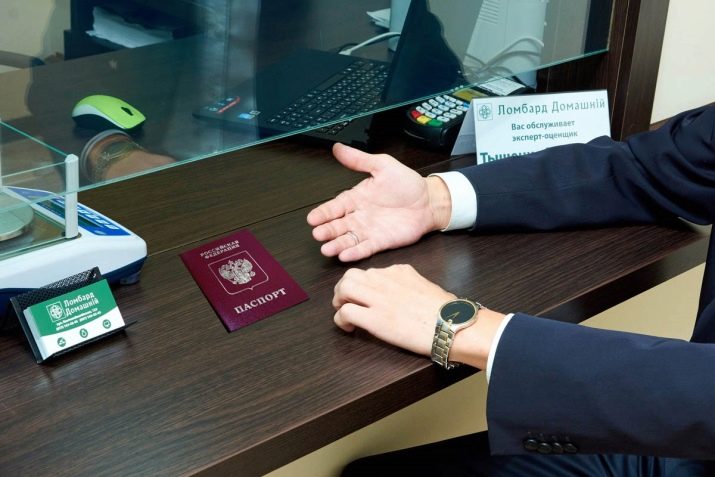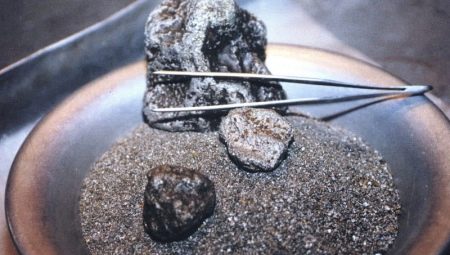The chemical element Pd (palladium) refers to precious metals, since it is a by-product formed during the chemical conversion of platinum. The metal was widely used in radio engineering parts in order to extend their service life. Today, the demand for precious metals is quite high, and its price exceeds even the cost of gold. For 1 gram of palladium, you can get up to 2000 rubles. Therefore, the hype around this metal is high and does not lose its relevance for many years.


Where is it contained?
During the existence of the USSR, palladium in radio components was found everywhere, because thanks to this precious metal could provide high quality and reliability of manufactured radio and television equipment. Precious metals have a known corrosion resistance and durability due to abrasion resistance. For this reason, palladium is on the contacts. in capacitors, connectors, in boards and in catalysts, as well as in the form of a wire for an oscilloscope. Significant and responsible details with a high degree of probability contained platinum, gold, silver and palladium. You can search for precious metals in Soviet household appliances, in batteries, their contents could be found in the details of measuring instruments, in spare parts of equipment used not only in everyday life, but also in industrial production.
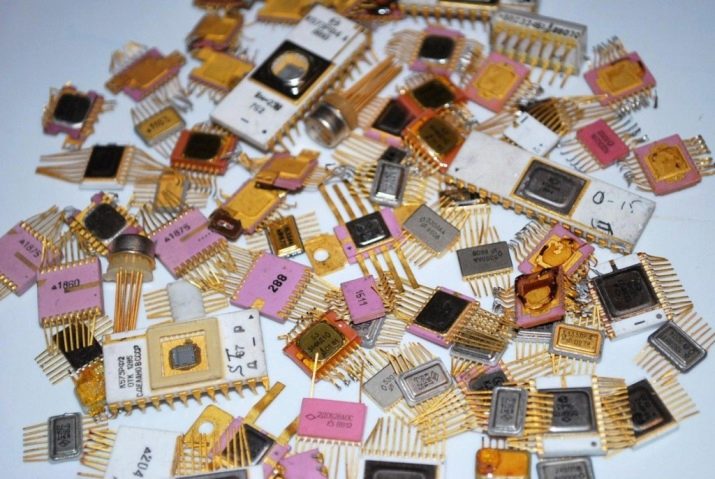
Some entrepreneurial people are engaged extraction (refining) of palladium, and in order to capitalize on this, it is necessary to know for certain which parts and spare parts contain this noble metal most of all. Of the total mass of radio components, palladium is contained in the largest amount in capacitors marked “KM”.
Such parts can be handed over to collection points without refining, as buyers willingly accept them as integral parts.
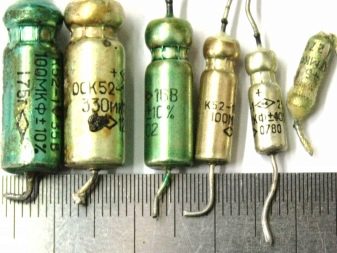

In order to extract palladium, such devices as:
- meters, voltmeters, analyzers, oscilloscopes, frequency meters;
- generator lamps, switches, resistors, capacitors, microcircuits;
- transistors, thyristors;
- scrap of radio components from military equipment;
- details of computer equipment of the old generation;
- catalysts installed in exhaust systems for air purification;
- air purification filters in gas masks model DP-2 of the Soviet issue;
- recorders of the KSD, KSU, KSP brands - in the wire of their spirals;
- potentiometers of the PPML and PTP brands.
In the listed groups of parts, the content of palladium is different, and its extraction, for example from a transistor or other semiconductor, may be unprofitable.


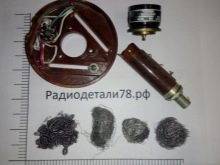
How to extract?
From the point of view of chemistry, palladium is considered the most active metal of all metals belonging to the platinum group. Silver, platinum and palladium are very similar in appearance, and in order to determine at home where platinum is, it will be necessary to take specially designed chemicals for this purpose as an indicator. In addition, to extract platinum, you can use knowledge in the field of chemistry - it is known that palladium reacts with a concentrated solution of nitric acid, forming a shade of red on its surface. As for platinum, it does not possess such reaction properties.
In order to extract palladium from one or another part, the refining method is most often used - the most common chemical method that allows you to separate palladium in its pure form.
Scrap metal containing palladium in addition to this element also contains other impurities of precious metals. You can remove impurities only in stages.
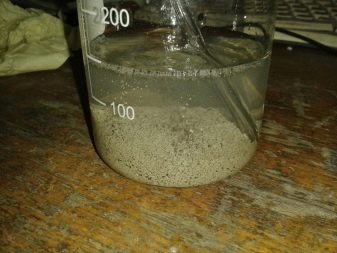
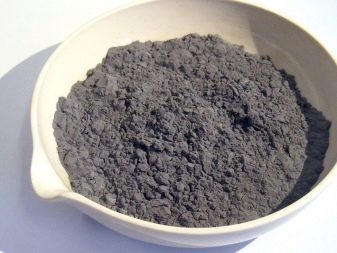
The procedure for refining palladium is presented below.
- It is known that any metals are capable of dissolving in the so-called "royal vodka" - it is you who will have to get it to do the work. The solution consists of 1 part concentrated nitric acid and 3 parts concentrated hydrochloric acid. Palladium scrap must be poured with this solution.
- The container with scrap and acid must be shaken for 1-2 days (it all depends on how much scrap you process) periodically shake, thereby mixing its contents. If over time you notice that the working solution began to acquire a reddish-burgundy hue, then palladium in the scrap metal is present unambiguously.
- After the dissolution of the metals, a reduction reaction of the necessary components will be required. Palladium can be restored by combining it with a solution of potassium iodide.
- To separate palladium from silver, if it was part of the alloy, ammonia will have to be introduced into the vessel. In this composition, the dissolved metal components must be maintained for at least another 2 days.
- The next step will be to filter the impurities of gold, which enters into a reducing reaction with zinc.
- The final stage of refining will be the pouring of a solution with palladium hydrochloric acid. This will produce a precipitate in the form of flakes of orange-yellow color. This precipitate must be filtered, washed repeatedly with clean water, and then several times with alcohol. The resulting mass in the form of a suspension of fine particles must be dried, resulting in a powder of crushed palladium.
- The resulting palladium powder with a burner can be melted into a larger piece of precious metal. To perform such a remelting, a burner using gasoline or gas is used.
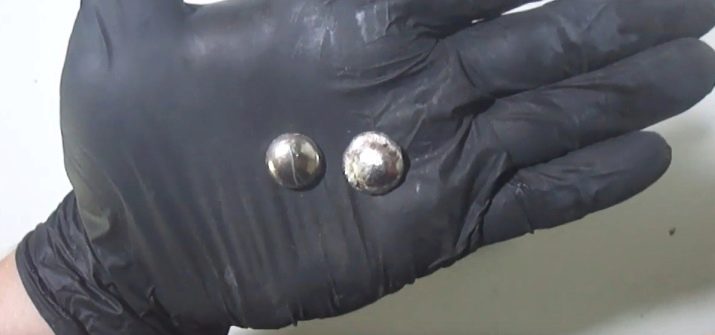

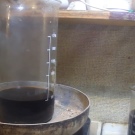
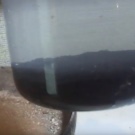
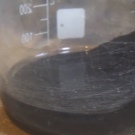

When carrying out the process of refining palladium, you will need to observe accuracy and certain precautions.
The visual process of refining palladium see below.
Precautions
All stages of the process of refining palladium are considered to be to varying degrees hazardous to human health. Therefore, when performing these works, it is necessary to take measures for personal protection. To do this, you will need:
- put on a wide and long apron made of thick rubberized material;
- hands should be protected with acid resistant gloves;
- eyes should be protected with wide goggles;
- To protect the respiratory system, you need to work in a special chemical respirator.
Work on the extraction of palladium from scrap metal should be carried out with the exhaust device turned on or in the open air. This is necessary so that fumes emanating from concentrated acids that are deadly to the human body do not gather near you.
All actions associated with concentrated acids must be performed away from children, animals and places for eating.
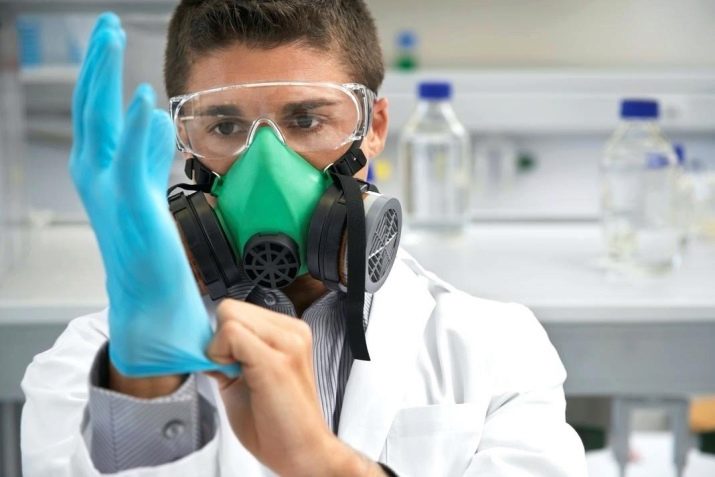
After finishing work, wash your hands with soap, wash your face and rinse your mouth with clean water. If acid solutions get on your skin, you will urgently need to rinse the affected area with plenty of running water and immediately seek medical help.
Derived from various details by affinity palladium can be used as a chemical catalyst to accelerate reaction processesas well as this metal is applied in jewelry for the repair of jewelry or products, made from palladium. Many palladium producers are attracted by its constant market price and high demand, compared with a small supply.
However, do not try to hand over the received precious metal to a pawnshop - such actions fall under Article 19.14 of the Civil Code of the Russian Federation, according to which your actions will be regarded as an administrative offense, entailing the payment of a fine.
